WCM vs. DXP: What’s the Best Fit for Your Business?

Introduction
When it comes to building your digital presence, the tools you choose can make or break your success. Two popular options that savvy businesses often consider are Web Content Management (WCM) systems and Digital Experience Platforms (DXP). Both serve distinct purposes, offering unique strengths for businesses at different stages of their digital journey. But how do you decide which is the right fit for your business?
This guide breaks down the features, benefits, and use cases of WCM and DXP to help you make an informed decision based on your business requirements and priorities.
What is WCM?
WCM, or Web Content Management, is a content management platform designed to simplify the creation, management, and publishing of custom content types. It provides an intuitive way for content creators to maintain a website without requiring extensive technical expertise.
Core Features of WCM
Simplified Content Creation: Intuitive editors that make it easy to create and update web pages, ensuring content management is accessible.
Centralized Content Management: A single platform for storing and organizing content assets.
Role-Based Access Control: Permissions for users like editors, designers, and administrators.
Static Content Delivery: Focused on publishing basic content management systems for websites that don’t change frequently.
Primary Use Cases
WCM systems are ideal for:
Small-to-medium businesses (SMBs) building an online presence.
Blogs, news portals, and company websites with straightforward content needs.
Organizations seeking minimal technical resources for content updates.
If you’re aiming to build a professional website or manage content effectively without overwhelming complexity, WCM might be the right choice for your market segment.
What is DXP?
Digital Experience Platforms, or DXPs, take things further by emphasizing seamless, personalized content delivery across digital touchpoints. Unlike WCM, DXPs cater to businesses seeking to enhance the digital customer experience through advanced tools and integrations.
Core Features of DXP
Advanced Personalization: Tailored experiences based on user preferences and data.
Omnichannel Delivery: Seamless distribution of content across websites, mobile apps, email, and IoT devices.
Integration Capabilities: Connections to CRMs, marketing platforms, and artificial intelligence tools for a unified strategy.
Data-Driven Insights: Analytics to measure engagement and optimize workflow processes.
Primary Use Cases
DXPs are best suited for:
Enterprises enhancing customer journeys and engagement.
Businesses undergoing digital transformation to meet evolving customer needs.
Brands with complex workflows and high customer interaction demands.
For businesses prioritizing scalable solutions and multichannel content management, DXP delivers advanced tools to achieve long-term customer satisfaction.
Key Differences Between WCM and DXP
When deciding between a Web Content Management (WCM) system and a Digital Experience Platform (DXP), it’s essential to understand their unique strengths and how they align with your business needs. Below, we explore the key differences between these two solutions to help you make an informed decision.
1. Focus
WCM: A WCM system is primarily focused on efficient content management. It simplifies the creation, editing, and publishing of web content, making it an excellent choice for businesses that prioritize straightforward content delivery and management.
DXP: A DXP, on the other hand, goes beyond content management to enhance customer engagement. It focuses on creating personalized, seamless digital experiences across multiple digital touchpoints, including websites, mobile apps, and IoT devices.
Which to Choose? If your goal is to efficiently manage and publish content, a WCM system may suffice. However, if customer engagement and personalized experiences are priorities, a DXP is the better choice.
2. Complexity
WCM: Simpler and more user-friendly, WCM platforms are designed for teams with minimal technical expertise. They offer intuitive interfaces and basic tools that make content updates accessible for non-developers.
DXP: DXPs offer advanced tools and features that require a higher level of technical expertise to implement and manage. They often demand a skilled team to handle integrations, analytics, and omnichannel delivery.
Which to Choose? For small to medium-sized businesses or teams with limited technical resources, WCM is ideal. Enterprises with dedicated technical teams and complex requirements should consider a DXP.
3. Scalability
WCM: Best suited for smaller projects or businesses with straightforward content needs. While WCM systems can scale to a degree, they may struggle to support rapidly growing enterprises or highly complex operations.
DXP: Built with scalability in mind, DXPs can handle the demands of large organizations. They are designed to grow with your business, adapting to increased content, users, and digital channels over time.
Which to Choose? If scalability is a key consideration for your future business growth, a DXP offers the robust support you’ll need.
4. Integration
WCM: Offers basic integration options through plugins or extensions, allowing for moderate customization. However, it may lack the ability to connect seamlessly with advanced tools like CRMs, marketing platforms, and analytics systems.
DXP: DXPs shine in this area, offering extensive integration capabilities. They unify tools and systems to create a connected ecosystem, enhancing efficiency across all digital touchpoints.
Which to Choose? For businesses requiring a highly integrated digital ecosystem, a DXP’s integration capabilities are a significant advantage.
5. Audience
WCM: Designed for small to medium businesses (SMBs) and teams managing static websites or blogs. It’s ideal for those needing a straightforward solution without advanced personalization or scalability features.
DXP: Tailored for enterprises and businesses aiming to engage customers across multiple digital touchpoints. DXPs cater to companies undergoing digital transformation or managing complex customer interactions.
Which to Choose? WCM is perfect for SMBs looking for simplicity, while DXPs are best for enterprises focused on enhancing the digital customer experience.
How to Decide: WCM or DXP?
What Are Your Business Goals?
If your goal is efficient content governance tools, WCM is the right choice.
For interactive digital customer experiences across multiple digital touchpoints, DXP is your solution.
What’s Your Budget and Technical Expertise?
WCM systems are more affordable and simple to implement.
DXPs, while robust, demand greater investment and technical resources.
How Important is Personalization?
WCM suits static websites where personalization isn’t critical.
DXP excels in providing multilingual content management and tailored customer journeys across diverse digital touchpoints.
Scenarios for Choosing WCM
A local bakery showcasing a menu and accepting orders.
A marketing agency sharing blogs and portfolio pages.
A non-profit organization updating event details and resources.
Scenarios for Choosing DXP
A retail brand offering promotions across digital channels.
A financial institution streamlining services across web and mobile.
A healthcare provider managing patient interactions through a common platform.
Orbitype: Bridging the Gap
Orbitype combines the strengths of both WCM and DXP. As a headless CMS, it offers API-driven architecture for multichannel content management. Its scalable personalization tools meet enterprise needs while maintaining simplicity for small businesses.
With Orbitype, businesses can leverage:
Seamless integration with CRMs and marketing platforms.
Flexible delivery to web, mobile apps, and IoT devices.
Scalable solutions for custom content types.
Orbitype ensures your business thrives across multiple digital touchpoints, making it a versatile choice for balancing simplicity with advanced features.
Conclusion
Understanding these differences can help you align your choice with your business strategy. WCM systems excel in simplicity and efficiency, making them ideal for content-driven websites. On the other hand, DXPs shine in creating personalized, omnichannel experiences, making them invaluable for enterprises prioritizing customer engagement.
If you’re looking for a solution that bridges the gap, platforms like Orbitype offer the best of both worlds. With its headless CMS approach, Orbitype combines the simplicity of WCM with the scalability and personalization of DXP, making it a flexible choice for businesses of all sizes.
Ready to explore your options? Learn how Orbitype can enhance your digital strategy by combining the best of WCM and DXP capabilities.
Read more
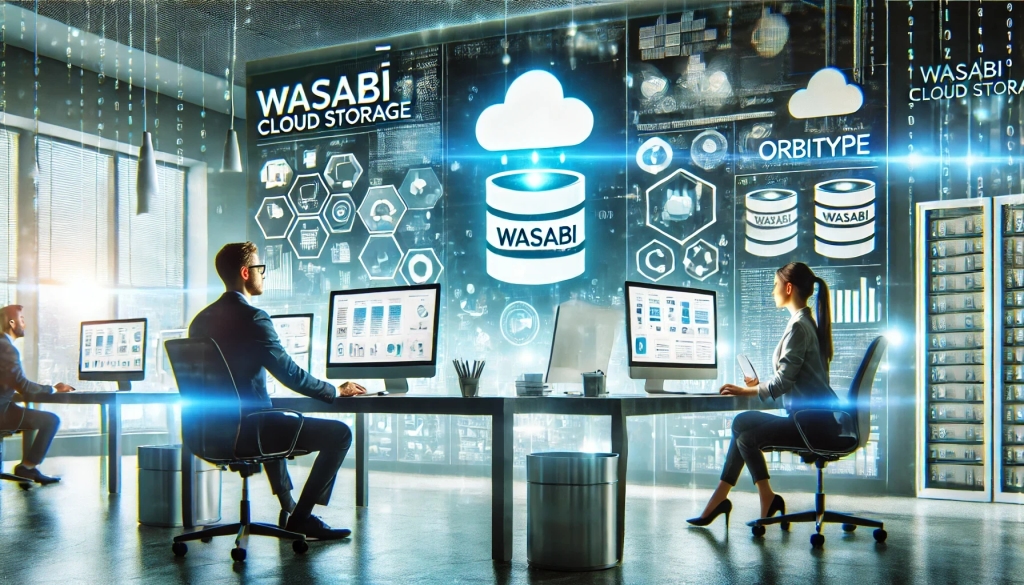
Seamless Data Management: Integrating Wasabi Cloud Storage with Orbitype
Boost your CMS performance with Wasabi Cloud Storage and Orbitype integration. Learn how this cost-effective, scalable solution enhances data management and delivers exceptional results.
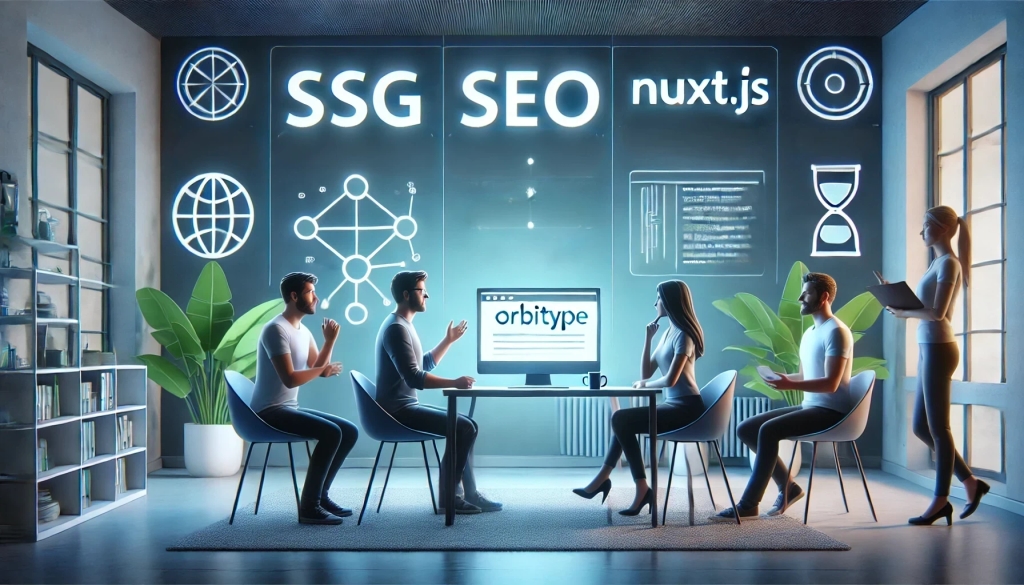
Integrating Orbitype with Nuxt.js for Optimal Performance and SEO
Leveraging Orbitype, a robust headless CMS, with Nuxt.js, a Vue.js framework, provides developers a powerful solution for building fast, SEO-optimized websites. This blog post explores how the integration of Orbitype and Nuxt.js harnesses the benefits of static site generation (SSG) and server-side rendering (SSR), thanks to Orbitype's API-driven content management system.
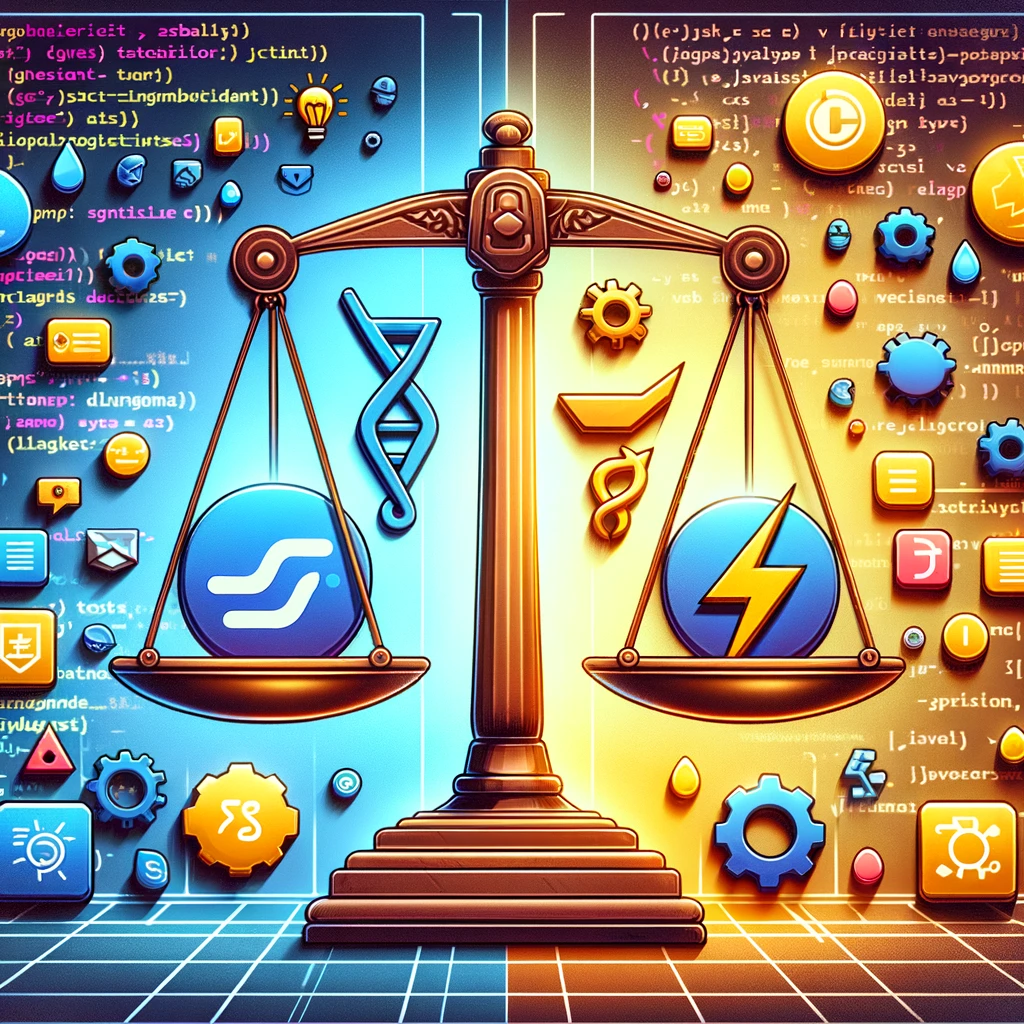
TypeScript vs. JavaScript
Discover the synergy between TypeScript and JavaScript for web development. Learn how Orbitype supports Nuxt CMS, headless CMS for Nuxt, and future-ready digital trends.
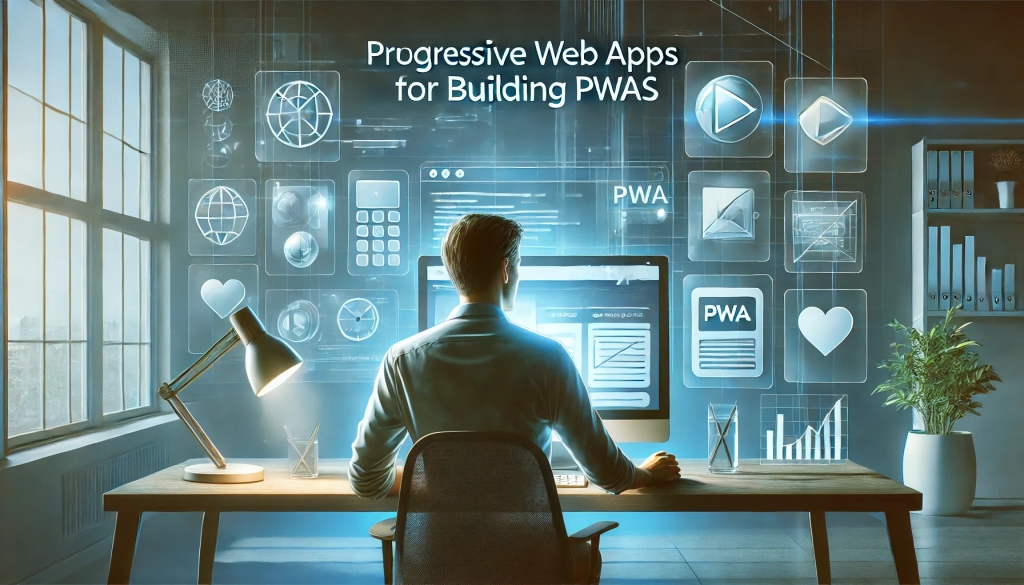
Building Progressive Web Apps (PWAs) with Orbitype
Explore how Orbitype enhances Progressive Web Apps (PWAs) with optimized performance, offline capabilities, and seamless content management for superior user experiences.
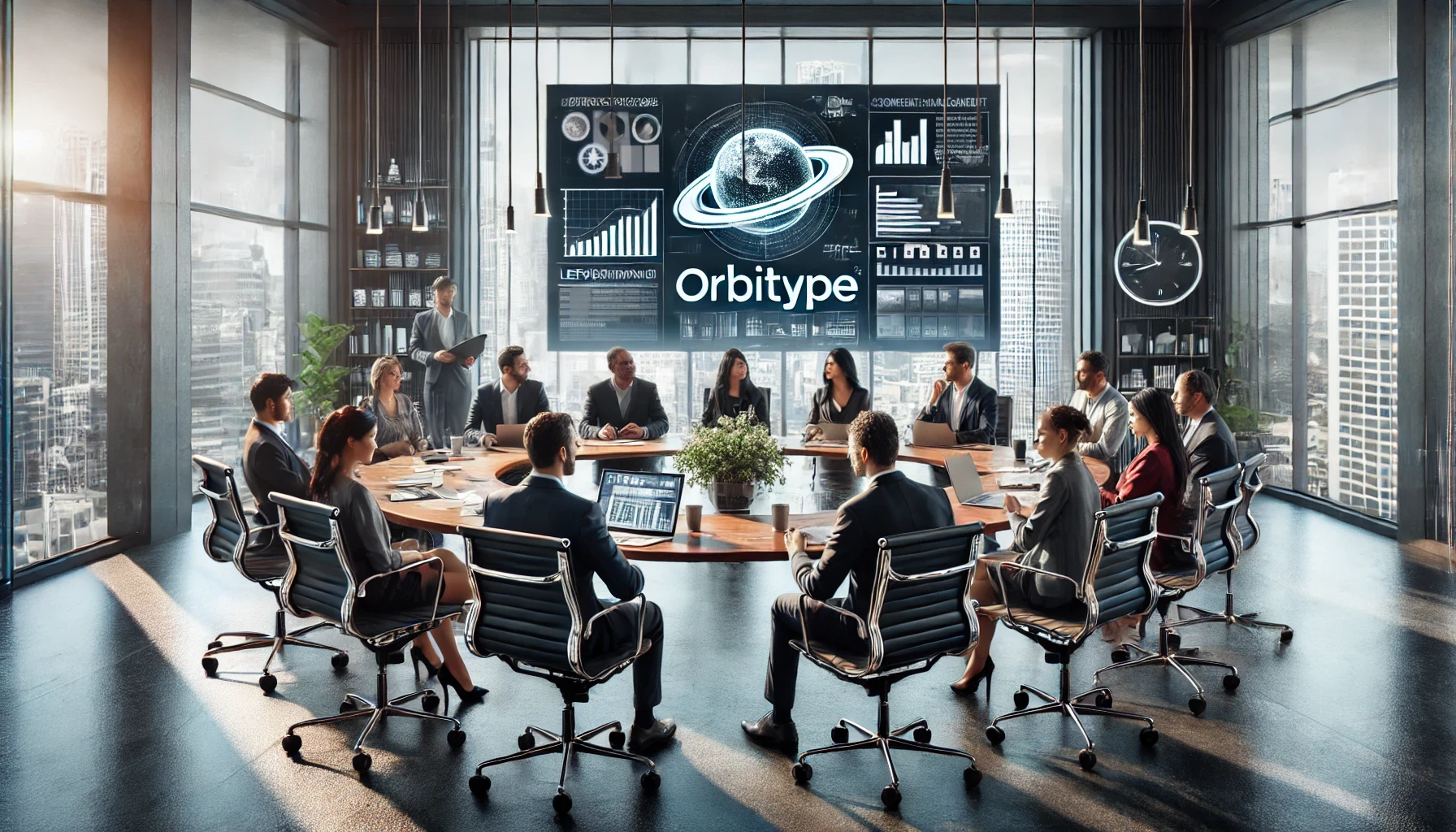
Leveraging Orbitype for Efficient Content Management in E-Commerce
nhance your e-commerce performance with Orbitype CMS. This scalable headless CMS simplifies content management, boosts SEO, and seamlessly integrates with Shopify, WooCommerce, and Magento for dynamic, flexible solutions.

Mastering Third-Party Integrations with a Headless CMS for Efficient Workflows
Streamline workflows and scale your business with seamless third-party integrations using Orbitype's flexible headless CMS—designed for efficiency, automation, and growth.
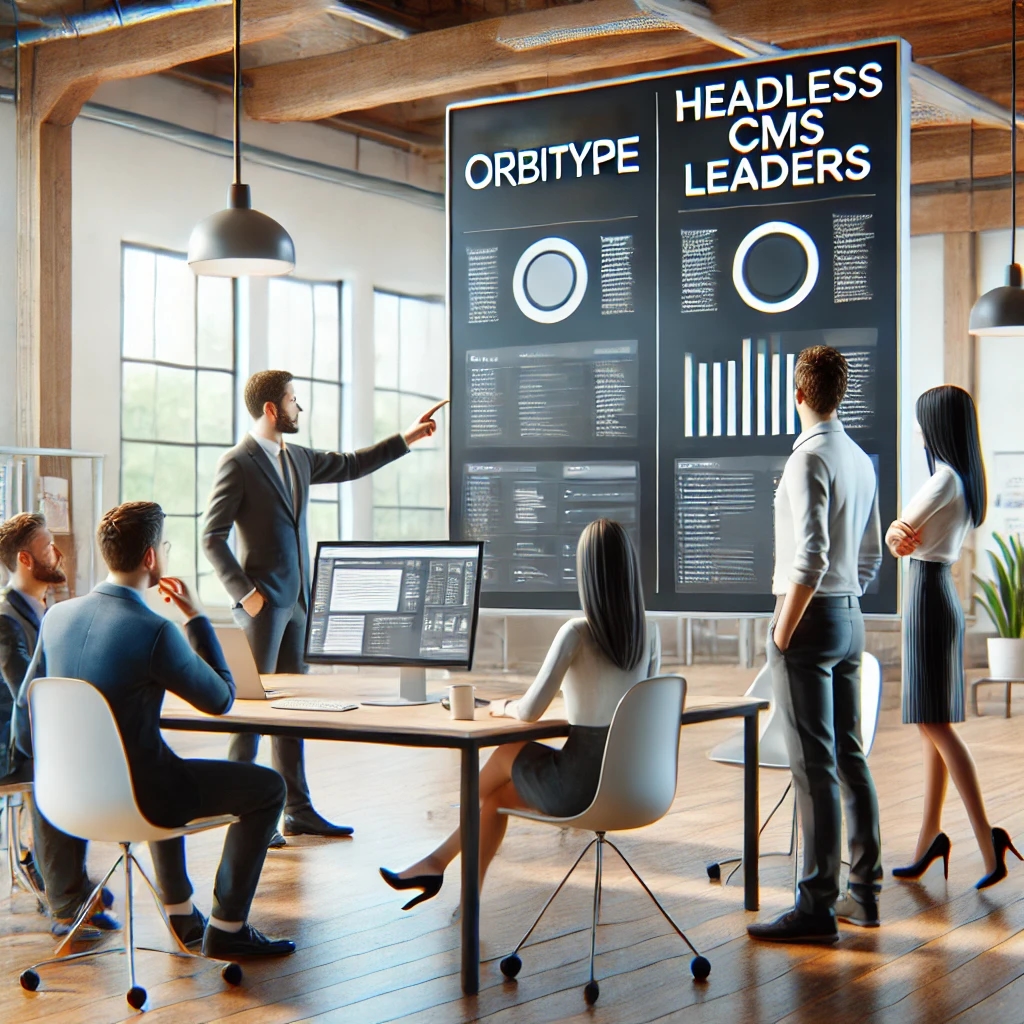
How Orbitype Compares to Headless CMS Leaders in 2025
Struggling to choose the best CMS? Discover how Orbitype compares to headless CMS leaders in 2025, solving complexity and scalability challenges with ease. Try Orbitype!
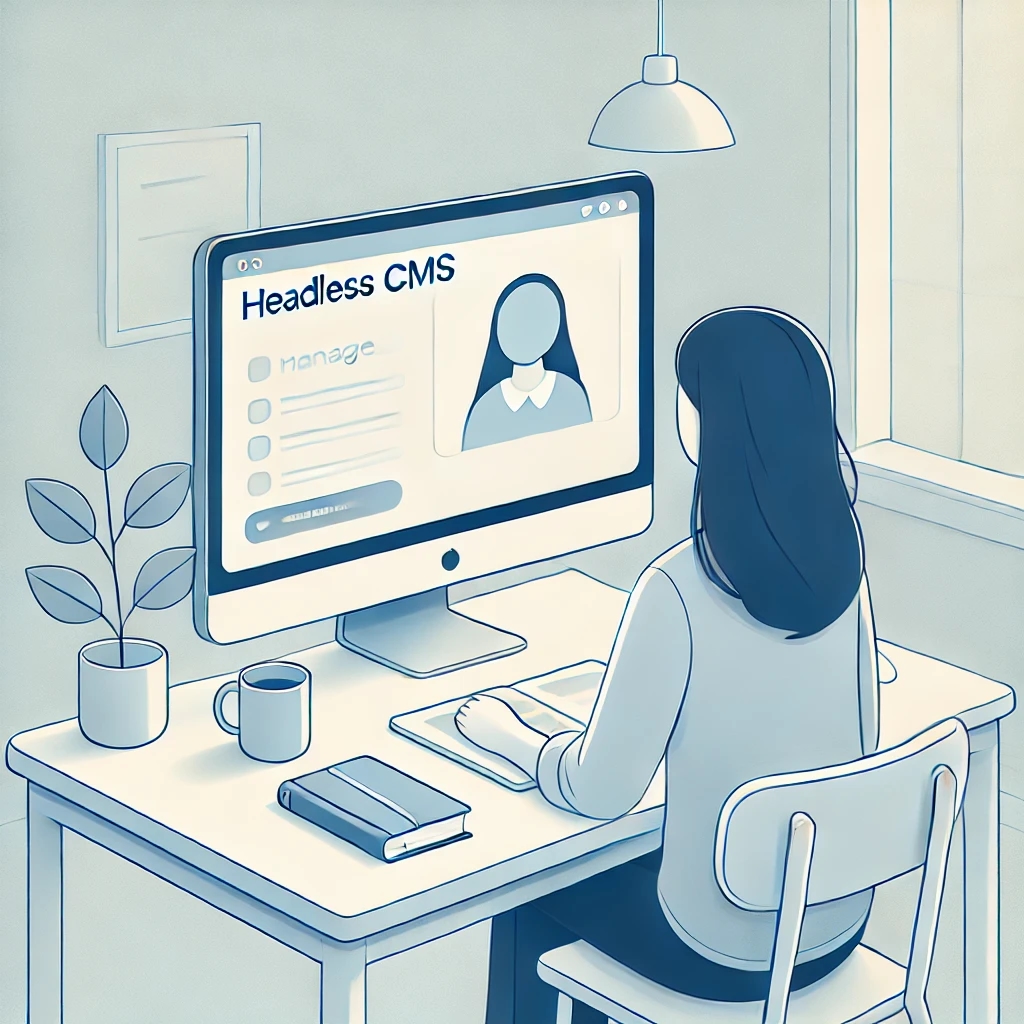
How Educational Institutions Benefit from Headless CMS for Online Learning
Enhance online learning with a Headless CMS. Discover how centralized content management, scalability, and seamless multi-channel access can transform educational platforms.
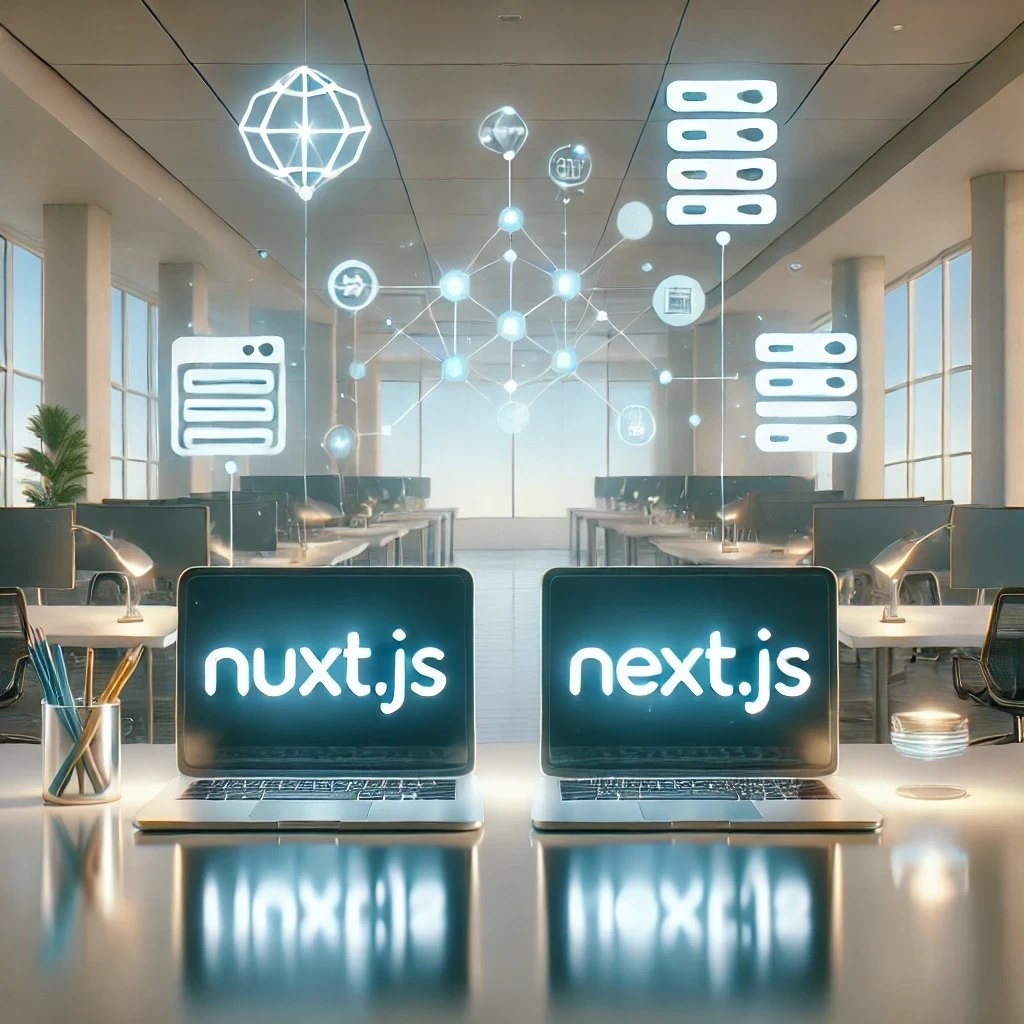
Nuxt vs Next: Which Framework Works Best with Headless CMS?
Compare Nuxt.js and Next.js to find the best frontend framework for your Headless CMS. Discover which offers better performance, scalability, and flexibility for dynamic web projects.
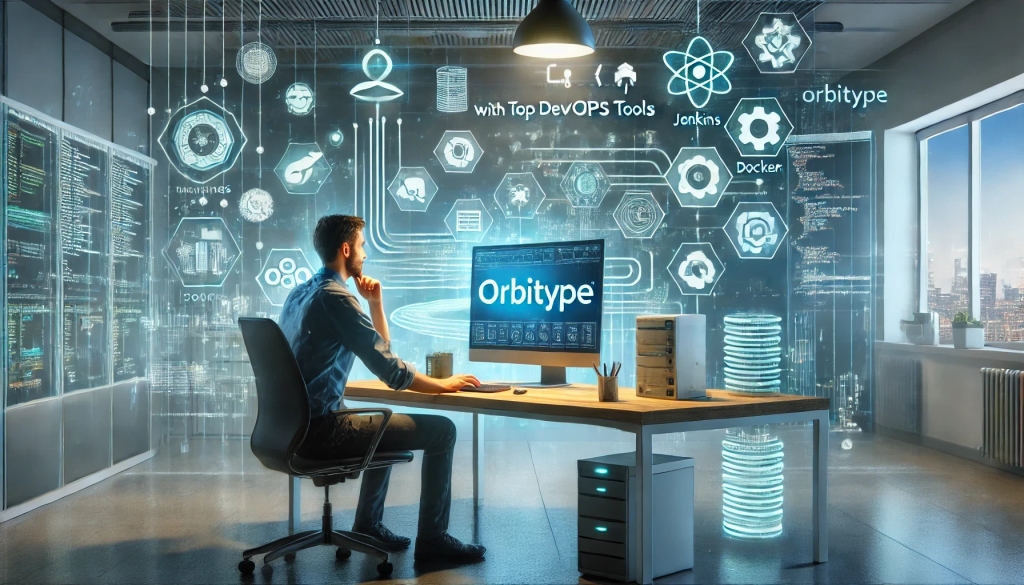
Streamlining Development: Integrating Orbitype with Top DevOps Tools
Discover how to integrate Orbitype with leading DevOps tools like Jenkins, Docker, and Kubernetes. Learn best practices for automating deployments, containerizing Orbitype, and scaling efficiently while streamlining workflows for continuous integration and delivery.
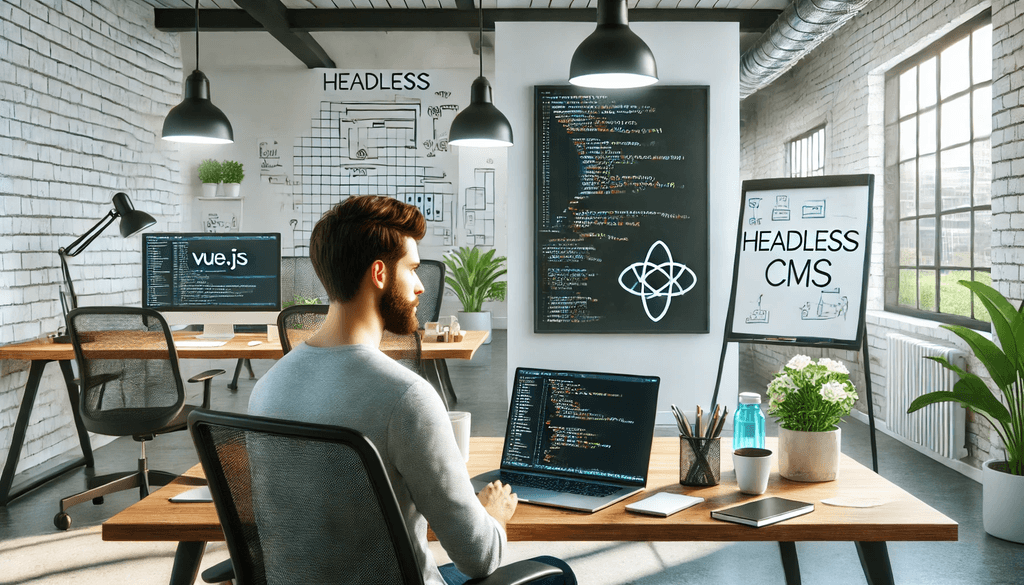
Building High-Performance Vue Apps with a Headless CMS
Discover how to optimize Vue.js apps with a Headless CMS for high performance, scalability, and SEO. Learn best practices and tools for creating dynamic web apps.

SQL or NoSQL: What's Best for Mobile Applications Using Orbitype?
Explore Orbitype, the ultimate headless CMS for React developers, offering seamless content management, enhanced performance, and flexibility to create dynamic web applications with ease. Learn how Orbitype simplifies workflows and boosts productivity.
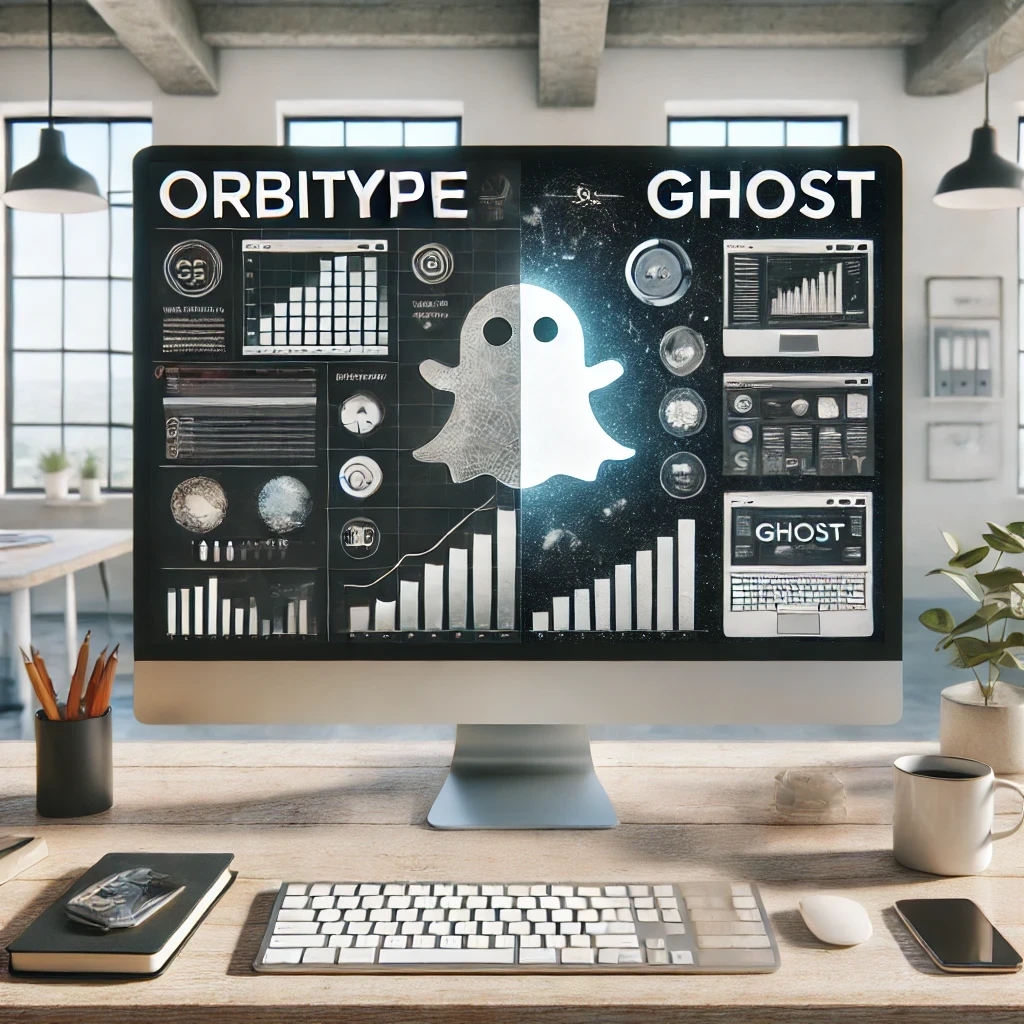
Comparing Orbitype and Ghost: Best CMS for Blogging in 2025
Compare Orbitype and Ghost to find the best CMS for blogging in 2025. Discover which platform suits your goals, from scalability to simplicity and dynamic content
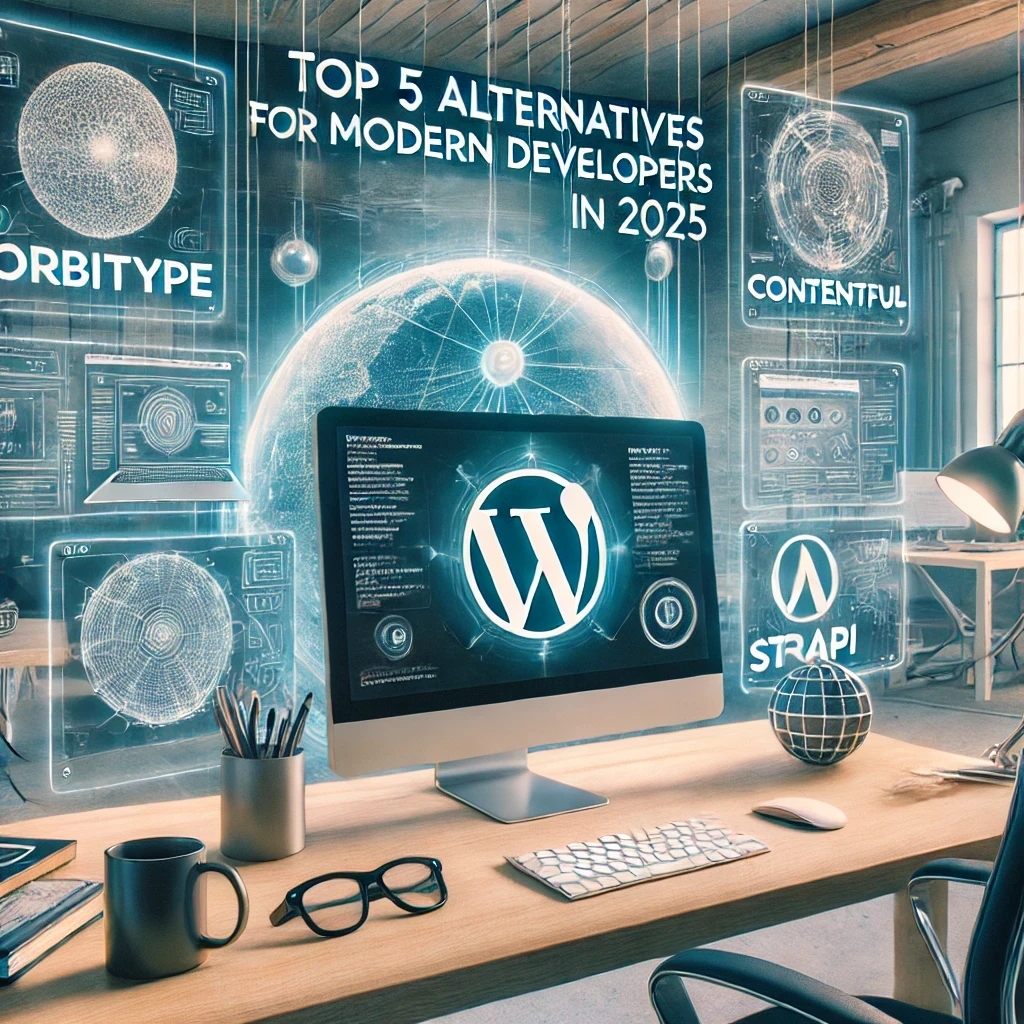
Top 5 Alternatives to WordPress for Modern Developers in 2025
Discover the top WordPress alternatives for 2025, including Orbitype, Contentful, and Strapi. Explore modern CMS platforms offering scalability, flexibility, and cutting-edge tools for developers.

Security and Compliance in Headless CMS: Focus on Orbitype
Explore headless CMS security with Orbitype: advanced authentication, data encryption, and compliance with GDPR & CCPA. Learn best practices for secure CMS operations.

10 Tips for Optimizing Core Web Vitals in Headless CMS Websites
Discover 10 actionable tips to optimize Core Web Vitals for Headless CMS websites. Improve performance, SEO, and user experience with these essential strategies.
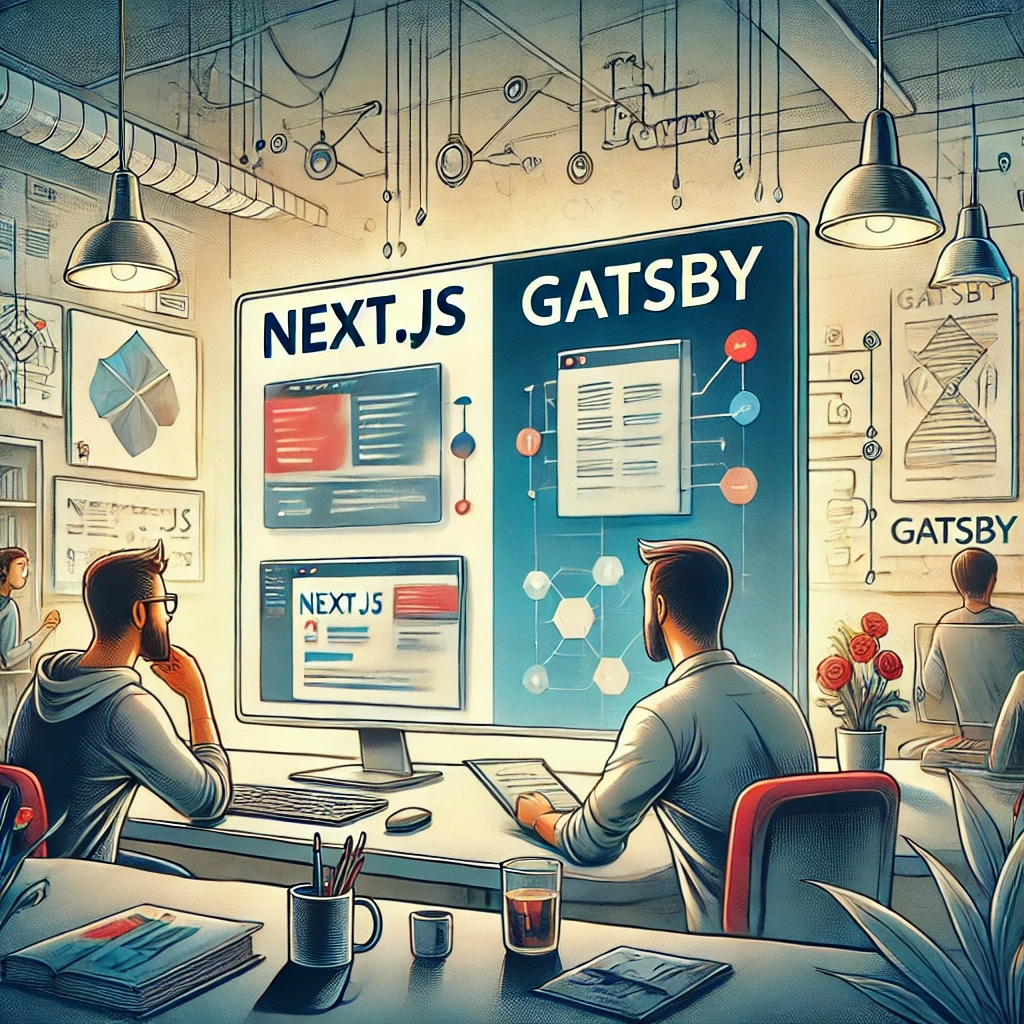
Next.js vs Gatsby: Which Works Best With a Headless CMS?
Choosing between Next.js and Gatsby can be challenging when working with a Headless CMS. This guide breaks down their strengths and helps you decide which framework works best for your dynamic or static content needs.

CMS for Vue.Js - Orbitype Headless CMS
Explore Orbitype, the best Headless CMS for Vue.js, offering seamless API integration, dynamic content management, and unmatched performance for interactive front-end development.
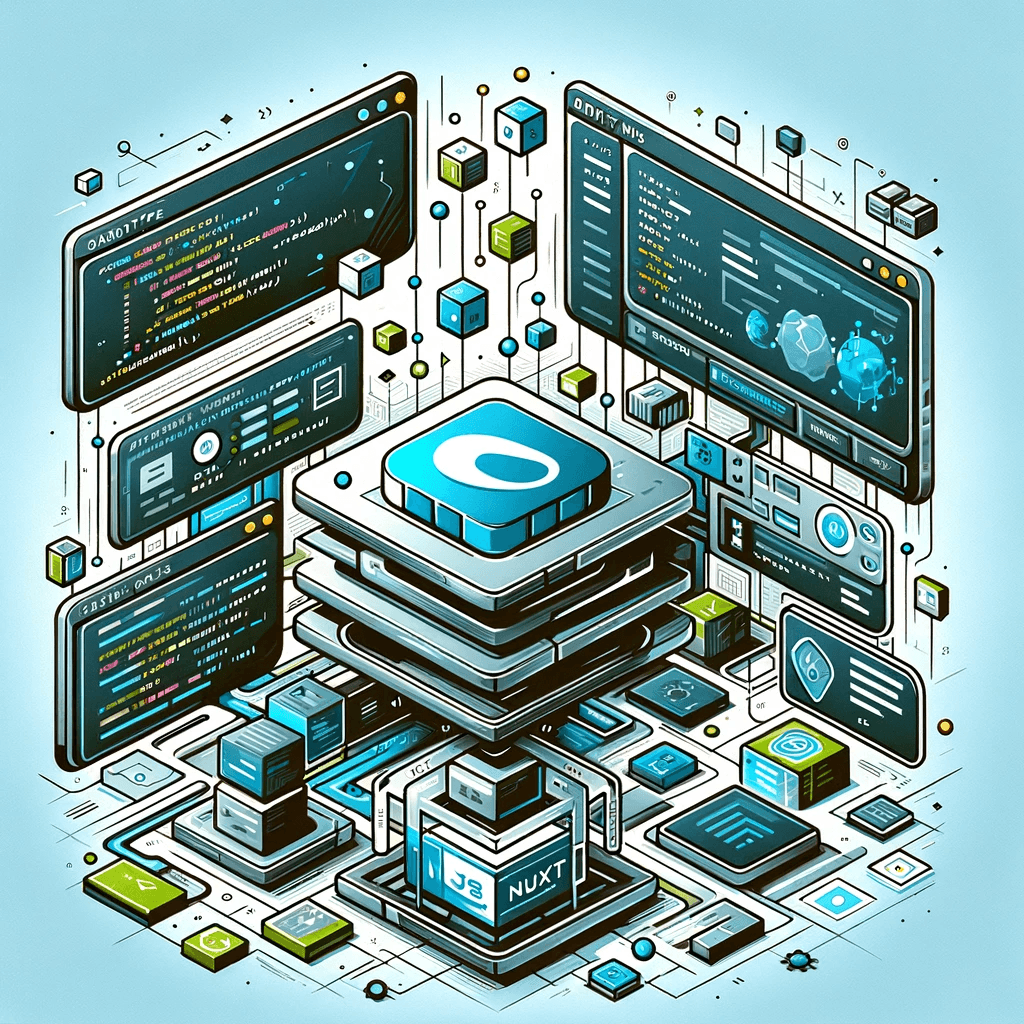
CMS for Nuxt - Orbitype Headless CMS
Optimize your Nuxt.js projects with Orbitype, the API-first Headless CMS offering scalable content management, multimedia repositories, and enhanced SEO for modern web applications.
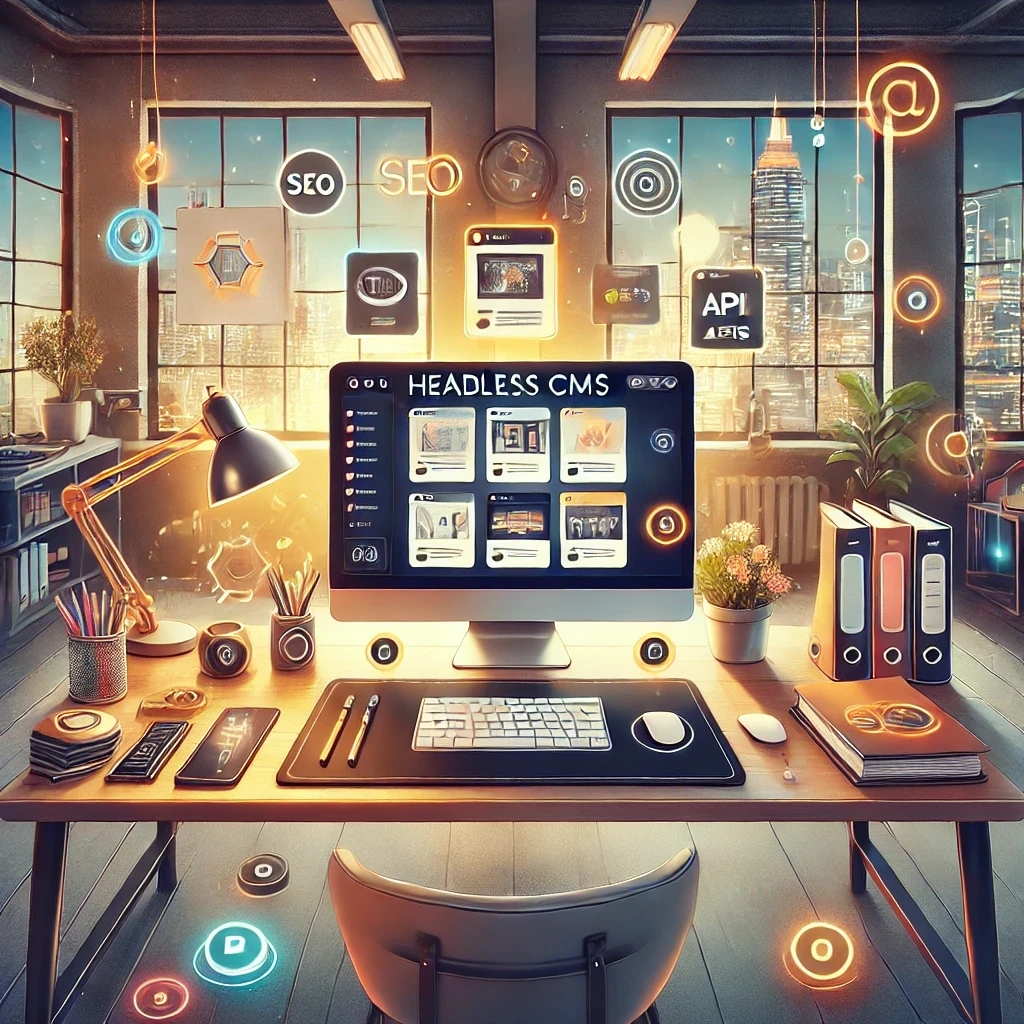
Best Headless CMS Solutions for Portfolio and Personal Websites
Showcase your work with ease using Orbitype—the ultimate Headless CMS for portfolio and personal websites. Enjoy seamless integration, powerful customization, and SEO-friendly features designed for creators and developers.
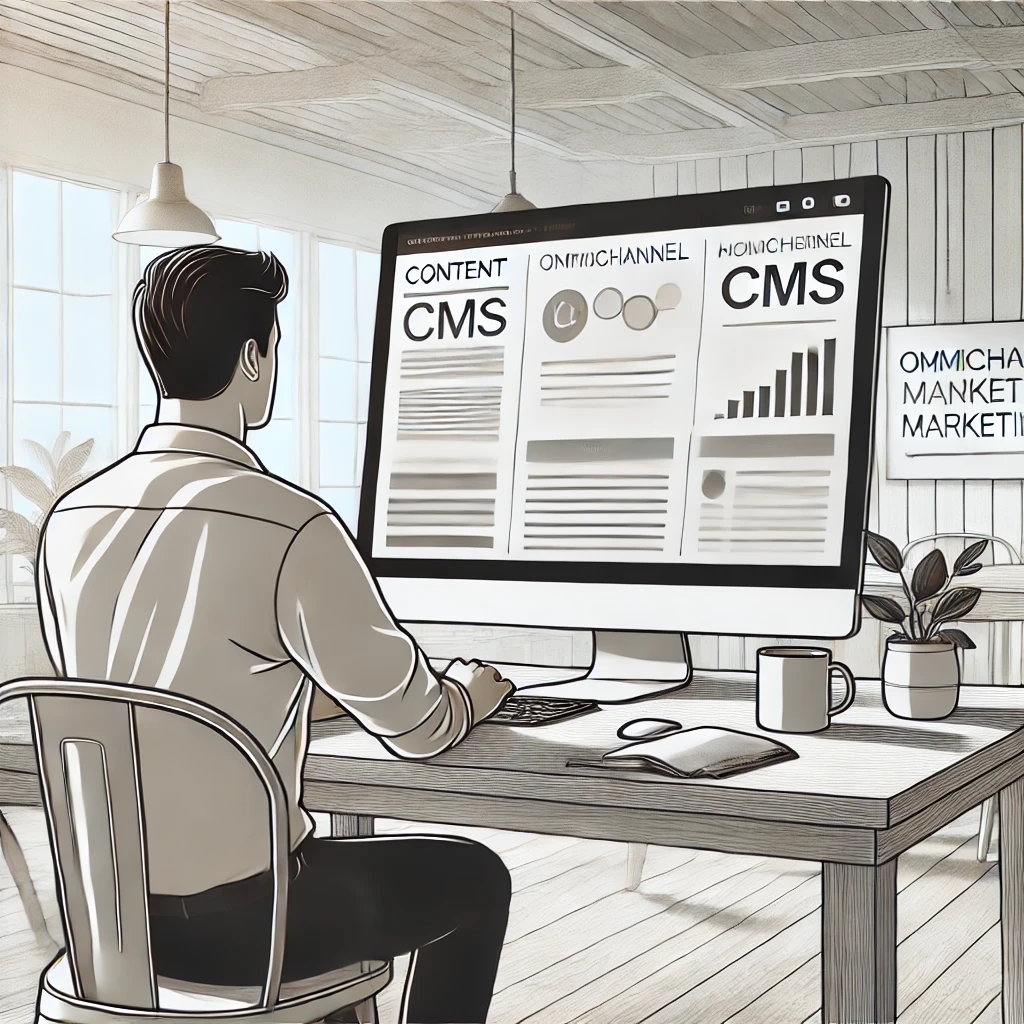
How Headless CMS Empowers Omnichannel Marketing Strategies
Boost your omnichannel marketing strategy with a Headless CMS. Centralize content management, deliver personalized customer experiences, and ensure consistency across platforms.
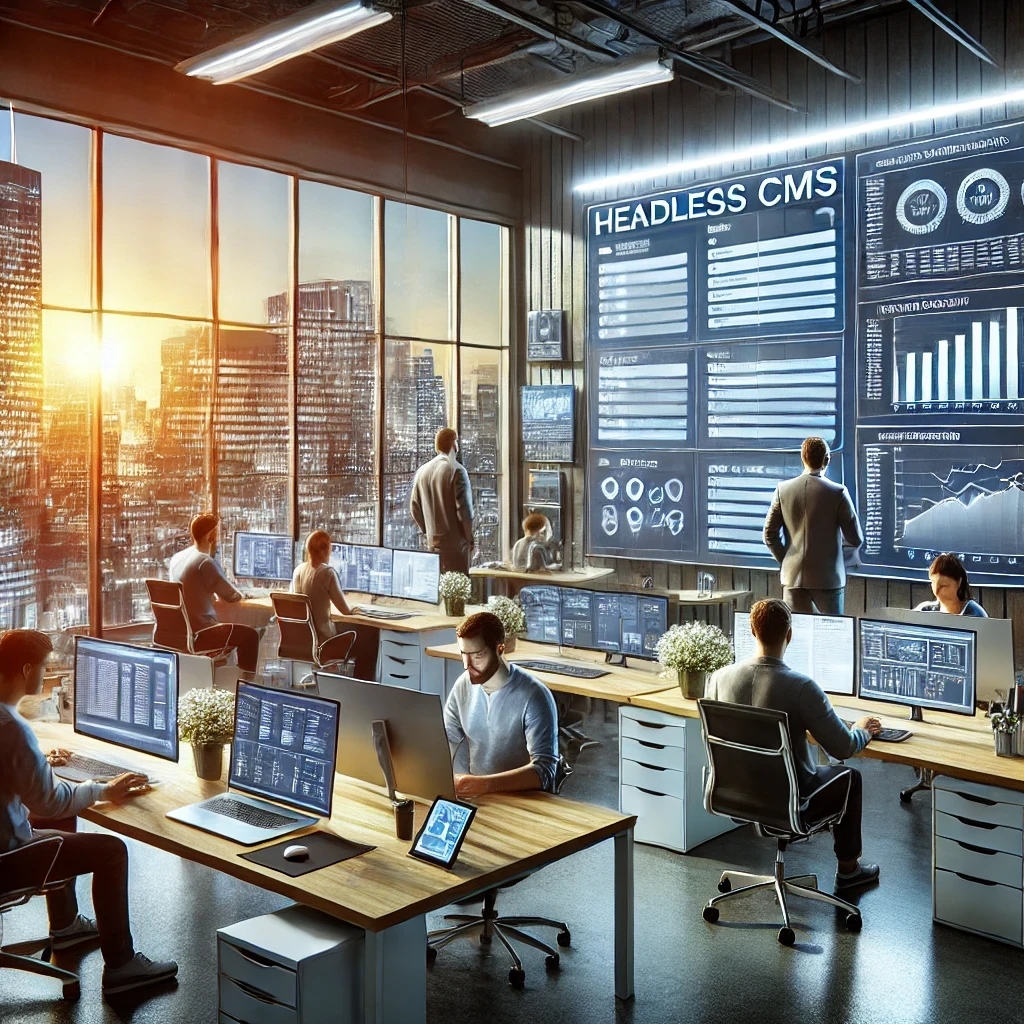
How to Scale Your Website with a Headless CMS for High Traffic
Scale your website effortlessly with a headless CMS like Orbitype—achieve faster load times, seamless scalability, and reliable performance during high-traffic surges
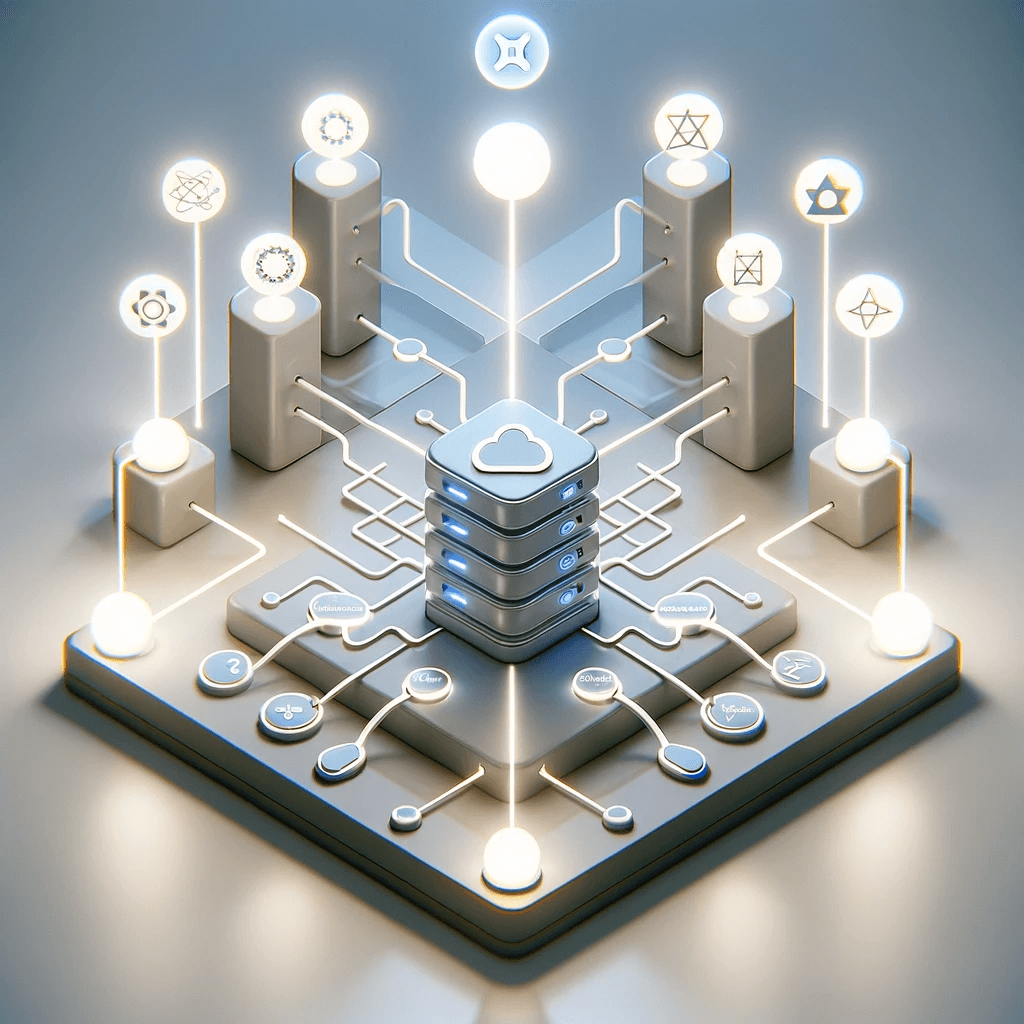
CMS for React - Orbitype Headless CMS
Orbitype is the ideal CMS for React developers, combining seamless API integration, flexible content management, and scalability to create fast, dynamic, and customizable web applications effortlessly.
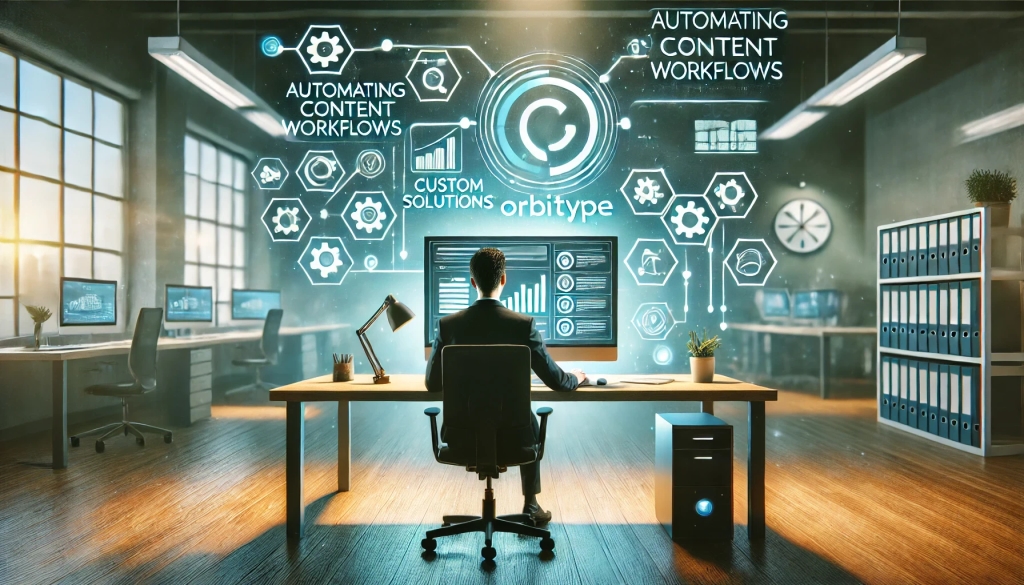
Automating Content Workflows with Orbitype’s Custom Solutions
Discover how Orbitype's custom CRM and ERP solutions revolutionize content workflows. Automate processes, reduce manual tasks, and improve productivity for software development agencies with tailored tools for seamless collaboration and efficiency.